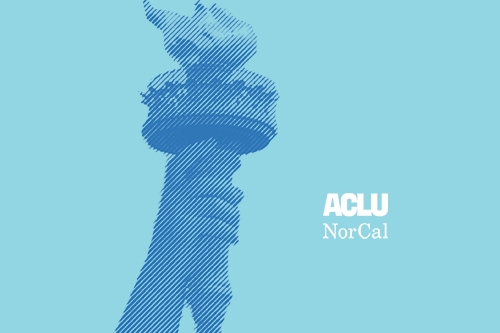Article Media

Reforming Criminal Justice: 12 Recommendations to Make CA's Realignment Law Work
County officials across the state are scrambling to get their AB 109 implementation plans drafted in the coming weeks, as the new realignment law goes into effect on October 1.
What steps can counties take to enhance public safety, save money and allocate limited jail space?
The ACLU of California answers these questions in a report with 12 recommendations for local officials – including the probation chief, sheriff, the district attorney, the public defender and others in your county – who are vested with the authority to decide how to allocate the county's share of the nearly $400 million dollars the state is providing to help counties meet the new responsibilities.
ACLU attorneys are available this week to:
- provide an overview of the report, Community Safety, Community Solutions
- offer summary and analysis of the draft plan in the works in your county, and compare it to steps other counties plan to take to manage individuals transferred from state prison
- turn your attention to programs and services that are proven to provide effective alternatives to incarceration, including intensive community supervision, home detention with GPS tracking, random drug testing, mother-infant care programs, drug treatment and psychological counseling (the appendix of the report contains numerous examples in place in other states and in CA)
- connect you with individuals whose personal stories speak to the significance of these programs in confronting California's appallingly high recidivism rate
- explain why it's important to reject the premise – one that has figured prominently in news coverage – that realignment will result in an influx of dangerous criminals and a spike in crime
